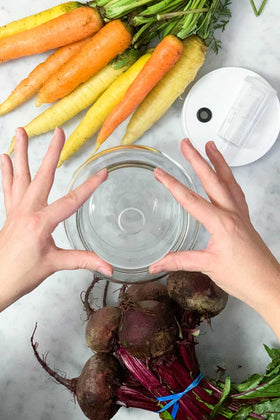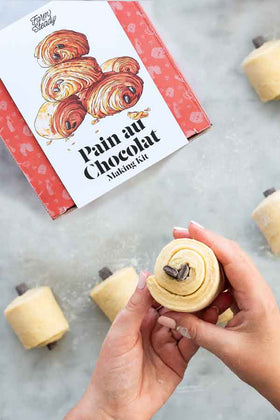After 7-10 days your kombucha is pleasantly tart and ready to drink. We love still kombucha and often transfer our finished kombucha into jars and into the fridge to enjoy un-carbonated, poured over ice. But if you like your kombucha carbonated, you’re going to want to let it undergo a secondary fermentation in bottles to trap in all those bubbles you love. To learn how to carbonate kombucha, what bottles are best for kombucha, and more kombucha bottling tips read on:
Kombucha is a continuous process, so when you’re ready to bottle one batch you want to get started on your next. Timing wise it makes sense to start the tea for your next batch first (and bottle while it’s cooling), but if you went straight to bottling that’s okay too, your SCOBY can hang out in its starter liquid until it’s ready to be added back to the fermenter.


